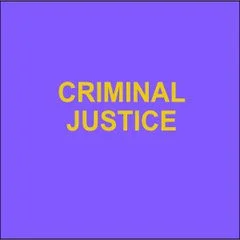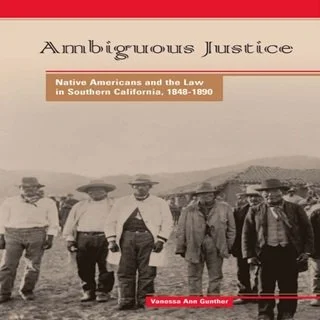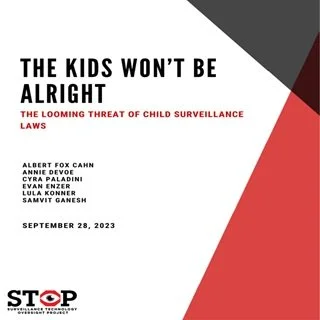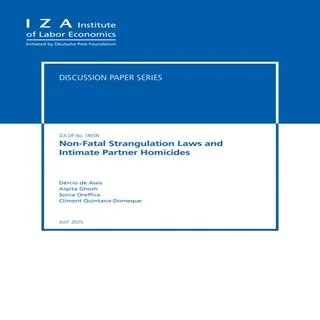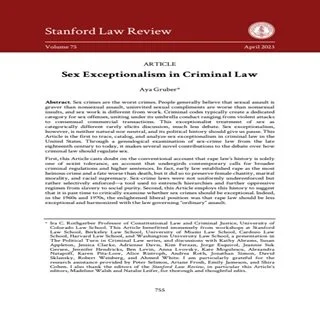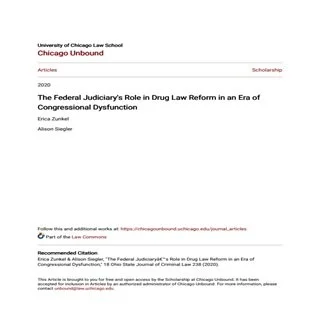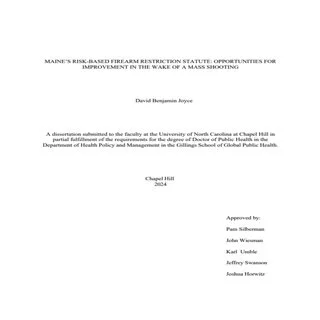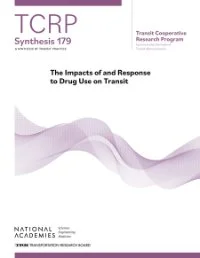By Kerri Raissian, Jennifer Necci Dineens
Insurance companies may be in a unique position to mitigate firearm-related deaths, injuries, and other harms in the United States. Insurers have played a prominent role in helping reduce injury and death in at least two other significant areas: automotive accidents and swimming pool drownings. In those cases, insurance firms were able to make meaningful societal change simply by compelling their customers to wear seatbelts and put fences around their pools. Firearms may be more difficult for insurance companies to detect than automobiles or swimming pools. For example, firearm owners are not required to declare their firearms (nor are we advocating for this), and so an insurer may not have accurate information regarding the presence of firearms. However, insurance companies face similar knowledge gaps with other behaviors, too (e.g., smoking or past drug-use behaviors). Insurance companies have a history of innovating with regard to risky behaviors to limit risk, and in many ways, firearms are no different.
The National Institute for Health Care Management Foundation estimates gun injury had an economic cost of $557 billion in 2022.1 Meanwhile, there is mounting evidence that measures like secure storage and safety counseling significantly improve firearm safety in a cost-effective manner. So, why have insurance firms declined to act? It appears the insurance markets do not believe the proper incentives exist to bring about voluntary, preventive action. Yet if they did act, the societal benefits would likely outweigh the costs. Given this potential cost-benefit calculation, legislators, regulators, and insurance industry leaders should explore interventions to spur safety innovation. The range of actions could include:
• Conducting research to better understand how firearms relate to insurer damages and the potential to mitigate those risks
• Voluntarily encouraging policyholders to consider options such as secure storage or safety counseling
• Taking legislative and regulatory steps to encourage or subsidize voluntary innovations and improve incentive structures
• Potentially imposing mandates
This paper explores the different types of firearm-related harms in America and the various opportunities and mechanisms by which insurance markets could potentially work to reduce those harms.
Washington, DC: Niskanen Center, 2025. 13p.

